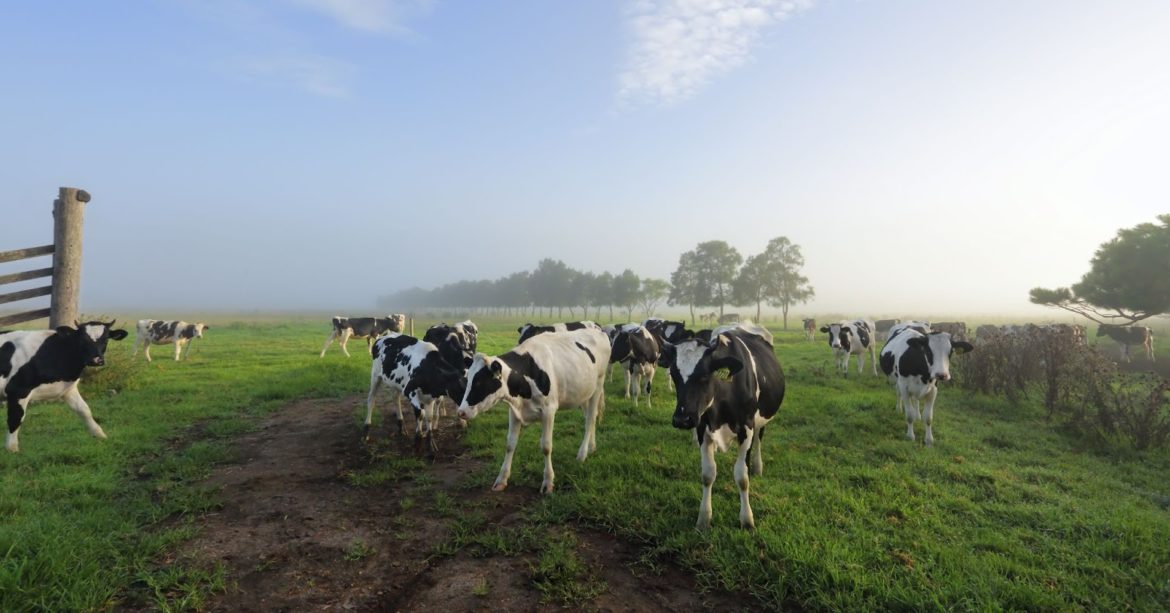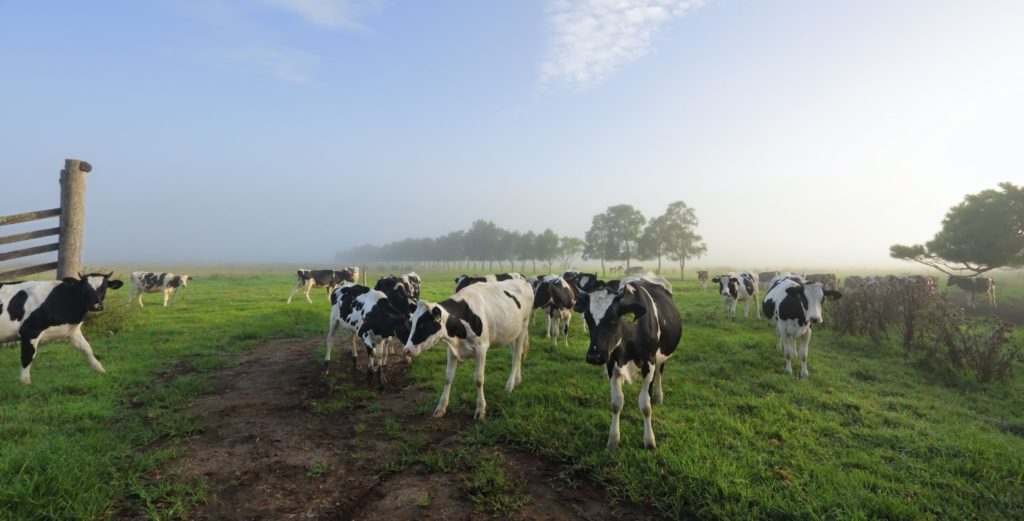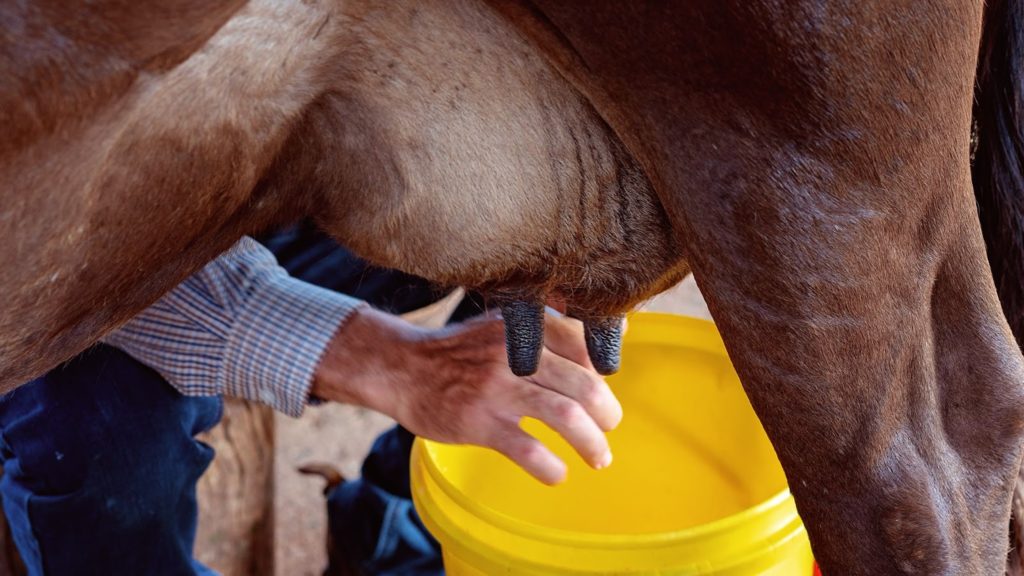Latest Dairy Farmer Survey Results Are Positive
The most recent Dairy Farmer Survey results paint a mostly positive picture of confidence in the Australian dairy industry. The results of the survey are featured in the latest Situation and Outlook Report from Dairy Australia.
This is the organisation which provides research and insights to help the dairy industry in Australia grow and thrive in the global market. Its latest insights include a look at what the results of the National Dairy Farmer Survey mean.
Key points
- The overall findings of the latest National Dairy Farmer Survey are positive.
- The majority of respondents said they felt confident about the future of the industry and their business.
- Milk production and herd numbers are not growing significantly right now as many farmers seek to consolidate rather than grow their business.
- Milk production growth of up to 2% is predicted next year as weather conditions remain supportive and positivity is expected to continue.
Housing dairy cows
What is the National Dairy Farmer Survey?
To get a better understanding of why the results of this survey are so important, it’s important to know what the survey involves. It’s a facility that is used to determine the sentiment of farmers in the country. This is a vital indicator of the current health of the dairy industry in Australia.
The survey is conducted every year and asks for farmers’ views on topics such as challenges in the industry and personal business intentions. The resulting data is used to support other anecdotal information to provide a wider, more in-depth picture of the industry.
Results of the 2021 National Dairy Farmer Survey
Key results from the National Dairy Farmer Survey this year include:
-
- 64% positive about the future of the industry overall (20% up on previous survey).
- 80% positive about the future of their own business (13% up on previous survey).
- 80% achieved an operating profit for 2019-2020 (63% up on previous survey).
- 23% in expansion phase with their business (23% up on previous survey).
- 52% in stable phase with their business (8% up on previous survey).
It’s interesting that although there is much positivity around these survey results this has not translated into all areas. For example, although confidence about the industry and personal businesses is high, and profits are good, milk production and herd numbers have not increased substantially.
It’s especially interesting that although positivity is at its highest level since 2016 production is not increasing significantly. One of the main reasons for this can be seen in the figures around the number of farms operating in the stable phase. 52% of respondents to the survey said they were operating in this phase.
This indicates that many farmers are looking to maintain their current operations rather than grow right now. It’s possible that they are attempting to consolidate their business after previous tough times and/or attempting to reduce debt.
There is also some uncertainty about weather conditions and the availability of labour which could be a source of hesitancy.
In addition, over the previous two seasons many farmers destocked. For these farmers, it seems that they are now concentrating on returning to the position they were at prior to this destocking rather than achieving further growth.
These factors could all potentially help to explain why production levels have not yet increased significantly despite high positivity. If positivity remains high, profitability and production are likely to increase especially as seasonal conditions are likely to remain supportive.
Other Indicators from latest Dairy Australia Situation and Outlook Report
Aside from the results of the National Dairy Farmer Survey, the latest Dairy Australia Situation and Outlook Report includes other indicators which support a generally positive outlook for the dairy industry.
For example, customer optimism is high and there is high demand for dairy products. Globally, demand is absorbing any additional milk produced by the largest exporters, New Zealand, the US, the European Union (EU), the UK, and Australia. In Australia, demand for branded dairy products as opposed to private label variants is higher. This has led to an increase in prices for yellow spreads and milk.
In this environment, although the Australian milk pool is not expected to change significantly this year, growth is anticipated next year. This growth will be supported by low input costs and strong milk prices. According to Dairy Australia, a growth rate of up to 2% is expected resulting in a milk pool of up to 8.97 billion litres.
These growth predictions, and the positivity expressed in the National Dairy Farmer Survey Results, must be good news for the industry. However, ongoing COVID-19 pandemic issues, high beef prices, strong land values, and concern over worker availability could have a less positive impact on the dairy industry. On balance, the future seems positive. It will be interesting to see how this plays out over the coming months.
2 - 2Shares



